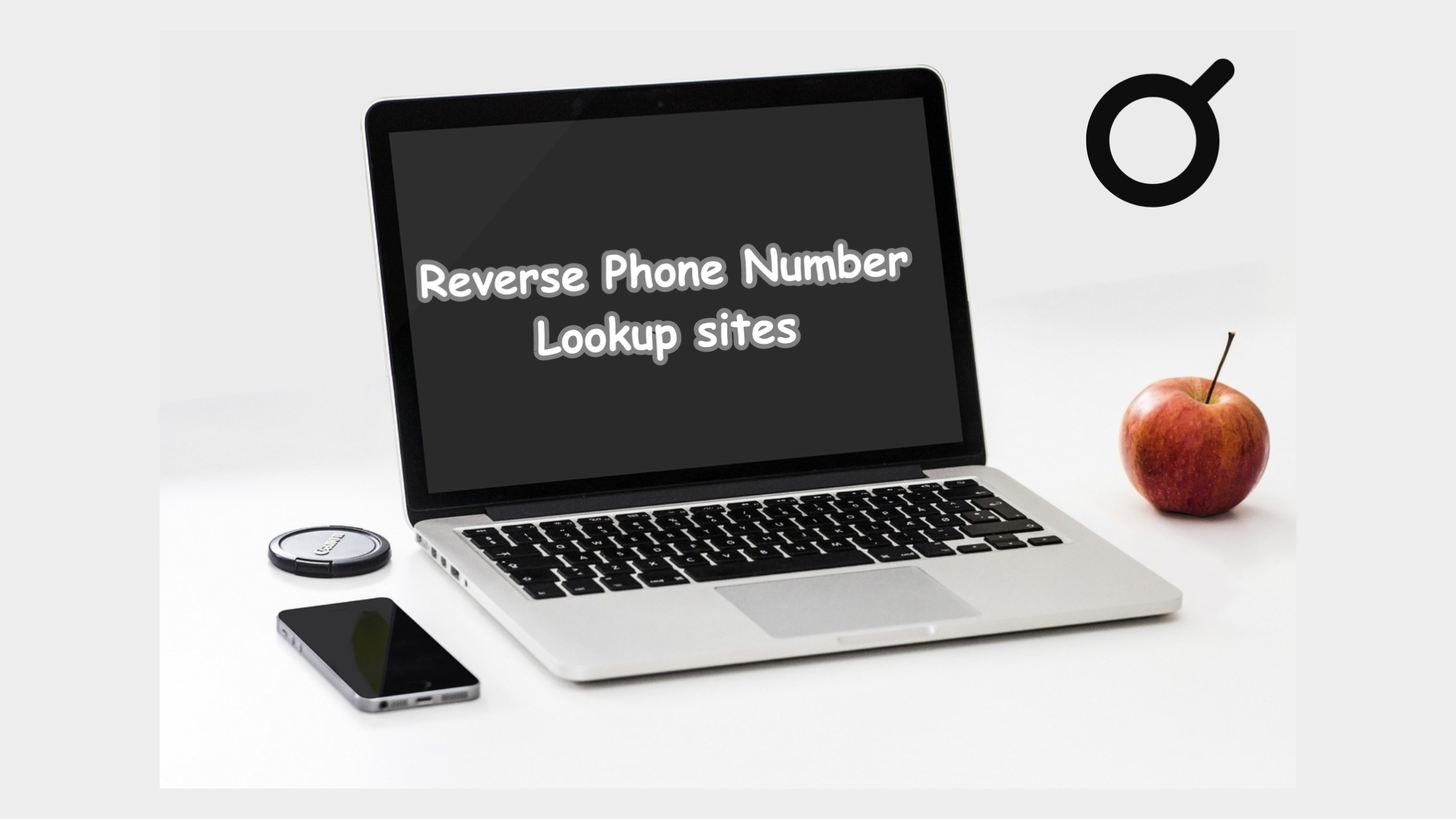Reverse phone lookups are essential for dodging telemarketers, tracing missed calls, or identifying unknown numbers. Here’s how to conduct a reverse phone lookup in Canada.
Learn Caller ID Lookup Checker
What is a Phone Reverse Lookup?
A reverse phone lookup allows you to enter a phone number to find information about the owner, location, or carrier. The methods vary worldwide.
Conducting a Reverse Phone Lookup in Canada
Due to privacy laws, finding information through reverse phone lookup in Canada may be limited. Here are some options:
- Canada411: This website offers a reverse phone lookup feature. Enter the unknown number into the search bar to see if the name is listed in their directory.
- Free Reverse Phone Lookup Services: Services like TruePeopleSearch, TruthFinder, and NumLooker offer free lookups but may provide limited and potentially inaccurate information.
- Paid Reverse Phone Lookup Services: Paid services generally offer more detailed results. However, privacy laws in Canada may still restrict the amount of information available. Ensure you research the service and its costs before use.
What is Canada411?
Canada411 is a digital directory akin to the old phone book, offering the following functions:
- People Finder: Search for people across Canada by name, useful for reconnecting with old friends.
- Business Directory: Find businesses by name, category, or keyword, providing details like contact information and addresses.
Benefits of Using Canada411
- Convenience: A centralized platform for searching phone numbers and business listings.
- Accessibility: Free for basic searches, making it cost-effective.
- Comprehensiveness: Covers a vast database of Canadian businesses.
- Reverse Phone Lookup: Identifies unknown callers, enhancing security.
- Mobile App: Search for people and businesses on the go via a smartphone.
Risks of Reverse Phone Lookups
- Privacy Invasion: Reveals personal information, which can be a concern if done without consent.
- Inaccurate Information: Information may be outdated or incorrect.
- Scam Risk: Scammers could use lookups to target individuals.
- Cost: Comprehensive lookups often require paid subscriptions, potentially with hidden fees.
How to Keep Your Phone Number Private
- Get Your Number Unlisted: Register your number on Canada’s National Do Not Call List (DNCL) to avoid telemarketers. Note that certain entities, like government bodies and charities, are exempt.
- Block or Filter Unwanted Calls: Use call-blocking features provided by your mobile carrier or smartphone settings to block specific numbers or screen calls from unknown numbers.
- Limit Who Gets Your Number: Only share your number with trusted individuals and avoid posting it publicly.
- Use Alternative Communication Channels: Sign up for a free Google Voice number for public interactions or get a burner number for public platforms, reserving your private number for trusted contacts.
- Use a VPN: While a VPN won’t protect your phone number directly, it encrypts your internet connection, keeping your data safe on unsecured networks.
By using these strategies and tools, you can better manage unknown calls, avoid scams, and maintain your privacy.











